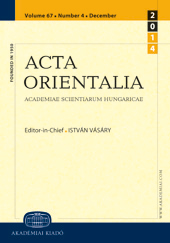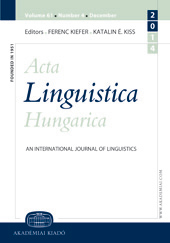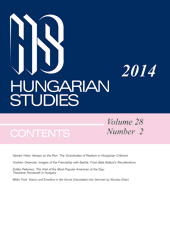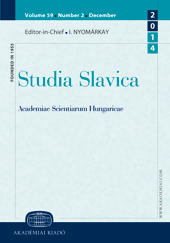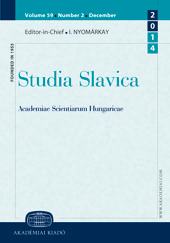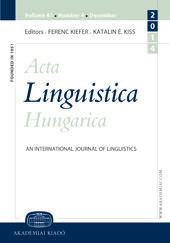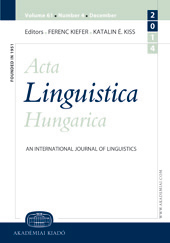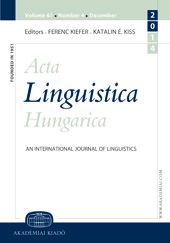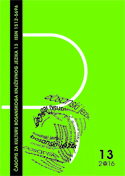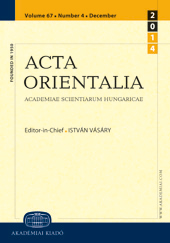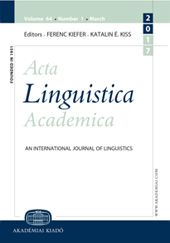СТАРОСЛОВ’ЯНСЬКИЙ СЛІД В УКРАЇНСЬКІЙ ТА ІНШИХ СЛОВ’ЯНСЬКИХ ЛІТЕРАТУРНИХ МОВАХ
Old Church Slavonic was the first Slavic literary language and had special influence on the literary languages of all Slavic people; however, this influence on each of the new Slavic literary languages was rather specific, which can be observed in the time, duration, reasons and forms of such an influence. During a long period in Ukrainian history, especially during the time of the Soviet Union, the research into the role of the vocabulary of Old Church Slavonic origin was highly neglected by the scholars. On the contrary, our research shows the depth of the influence of the Old Church Slavonic language that is highly intertwined with Christianity. In the Ukrainian language, the hidden Old Church Slavonic traces can be found not only in the vocabulary related to the church and its customs, but also in the language connected with everyday life and science. Moreover, despite the long-lasting fight between Christianity and astrology, even here we can find many hidden examples of the vocabulary which is Old Church Slavonic in origin, which were mostly fixed in the first examples of Ukrainian editorials.
More...
